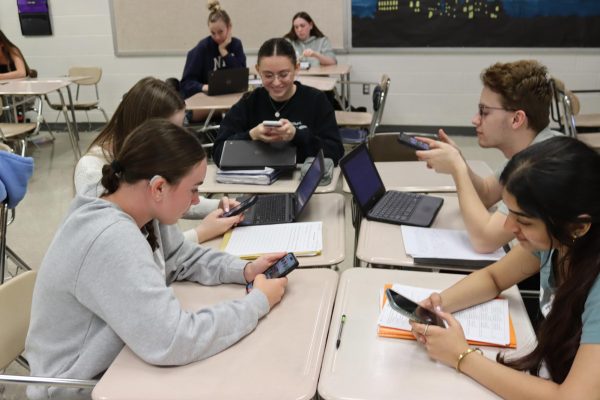Schools introduce restorative justice programs, removing resource officers
In recent years schools throughout the country have been introducing restorative justice programs, moving their disciplinary actions away from traditional punishments. Instead of suspending or expelling students who act out, restorative justice resolves conflict through communication.
In schools where restorative justice is being implemented students are taking the lead. Students want to mediate the problem and talk it out instead of throwing punches, essentially wanting to circle up. Circling up is when students involved in the conflict, their teachers, and parents meet to work through the problem instead of simply suspending students.
Data shows that at restorative justice schools chronic absence is down and graduation rates are up. Districtwide in Oakland, California the program is working. Suspension rates have dropped by half, going from 34% to just 14% in two years.
Normal West senior Tessa Jochum commented on restorative justice: “With all the fights going on this week I feel like there would be a lot less kids getting suspended and more talking and getting to the problem. And less angry parents.”
Many students that go to schools with restorative justice programs feel like their school has a better community and that there are less conflicts in their school.
There are some concerns that students could manipulate the program, additionally some teachers feel like it isn’t their place to lead to a talking circle to resolve conflict and have compared it to group therapy. However, the program is not group therapy; it is community-building.
With the fear of police officers being removed from schools and schools building a community, restorative justice programs look they will become much more popular with schools throughout the nation.





